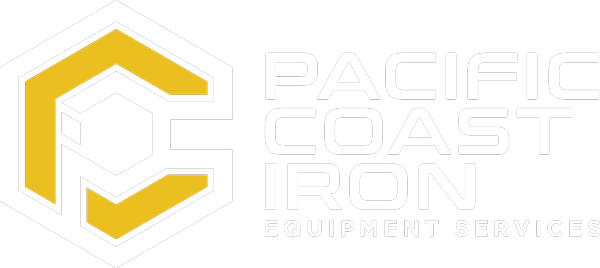Hydraulic Ram Rebuilds Sacramento, CA
If you are a small farmer or have a huge construction business, one thing is probably true for you: you probably have some sort of tractor or heavy equipment which has a hydraulic cylinder. Hydraulic cylinders can be found in all sorts of heavy equipment, from tractors to front loaders. They make it possible to lift and move really heavy things, and they reduce the physical pressure on the rest of the machine so that it is easy to move heavy loads from place to place. There are also hydraulic cylinders on combines and on many other kinds of machines, so that practically no matter what industry you are in, you are going to find them somewhere.
Maintaining and rebuilding your hydraulic cylinder
Maintaining and rebuilding your hydraulic cylinder is an essential skill for helping you keep your machinery in perfect order. You can save money on maintenance by learning to do this simple process yourself. Eventually, the seals and rings on your hydraulic cylinder begin to leak and need to be replaced. This process is more intimidating than it is actually hard. Just follow these simple steps and you will have your machine back up and running in no time.
Break down your cylinder and replace the o-rings
Following these instructions, you will learn how to break down your cylinder and replace the o-rings and the seals on the piston and the gland. These steps are not hard, but you do need to take your time so as to avoid mistakes that could be costly.
First, make sure you have the correct kind of repair and rebuild kit. There are many different manufacturers and styles of hydraulic cylinders on the market. If you use the wrong kind of repair kit when rebuilding your hydraulic cylinder, you could end up with a severely damaged piece of equipment. Check the parts number, which is on the outside or end cap of the cylinder, and match it with the new kit you have purchased.
If your hydraulic cylinder is made by a major manufacturer, such as Case, you should be able to buy the correct parts kit from your local dealer. If you have to order the new parts online, just match the parts number and you should be able to buy with confidence.
Second, before you start the disassembly, make sure that you have all the appropriate safety measures in place. These parts can be very heavy. Make sure to use jacks or blocks to brace the parts and carry the weight, so that you do not put yourself at risk of dropping them. Beware of your hands and fingers; they can easily be crushed during this process if you do not put the proper safety measures in place.
Loosen all pressure from the cylinder. Remove or loosen hydraulic lines to allow pressure to escape. Pull the pin from the piston rod end. Then, unscrew the gland from the hydraulic cylinder. Pull the piston rod from the cylinder. Keep the cylinder supported, if necessary. Make sure to protect the piston from any dirt, as we’ll as from any possible dents or dings from bumping up against any other metal parts. The piston and the threads are both crucial parts that must be protected from any damage, or you will have very hefty repairs on your hands! Finally, unscrew the rod that holds the piston in place. You are now ready to replace all your seals and make your hydraulic cylinder as good as new!

